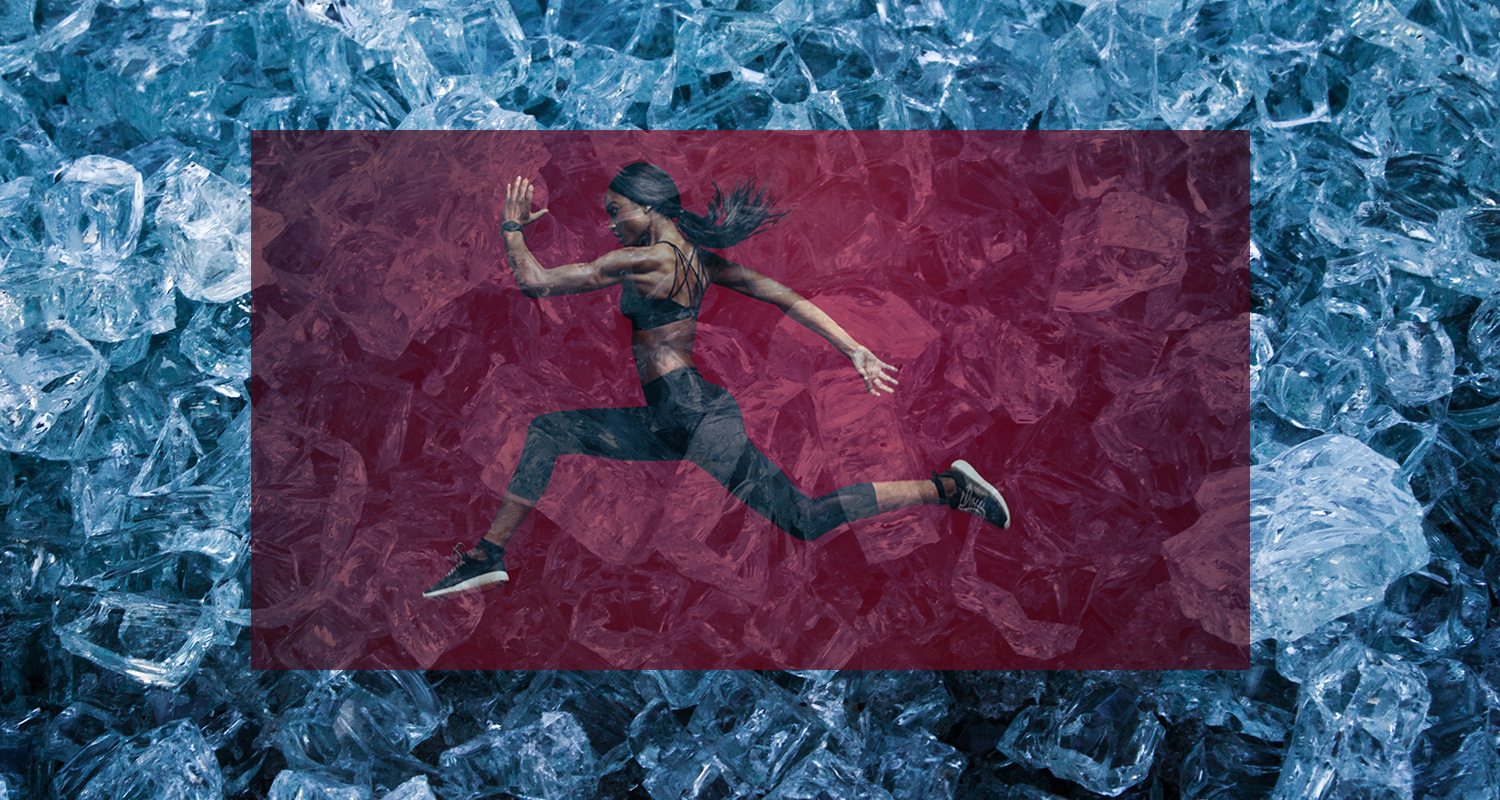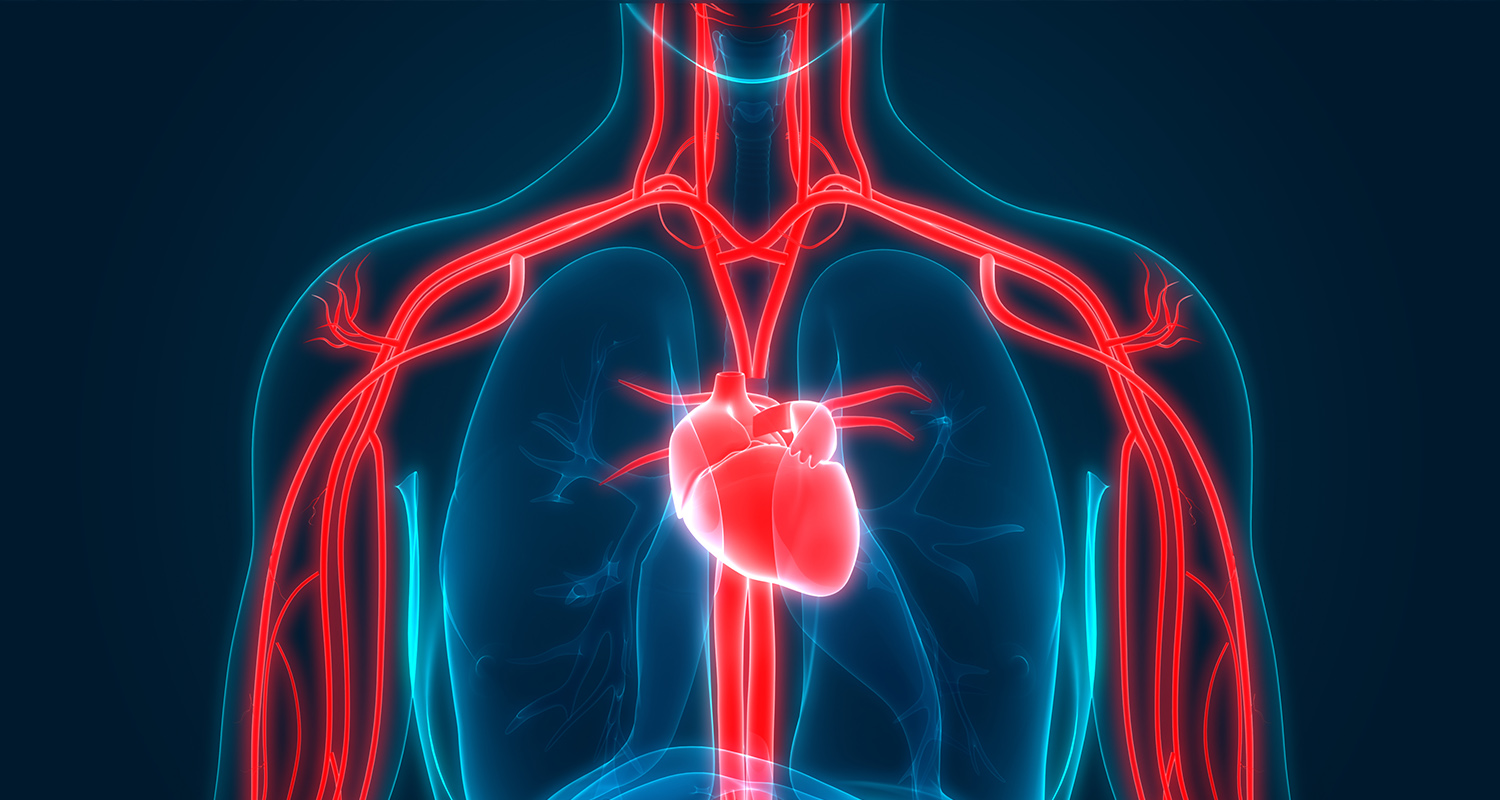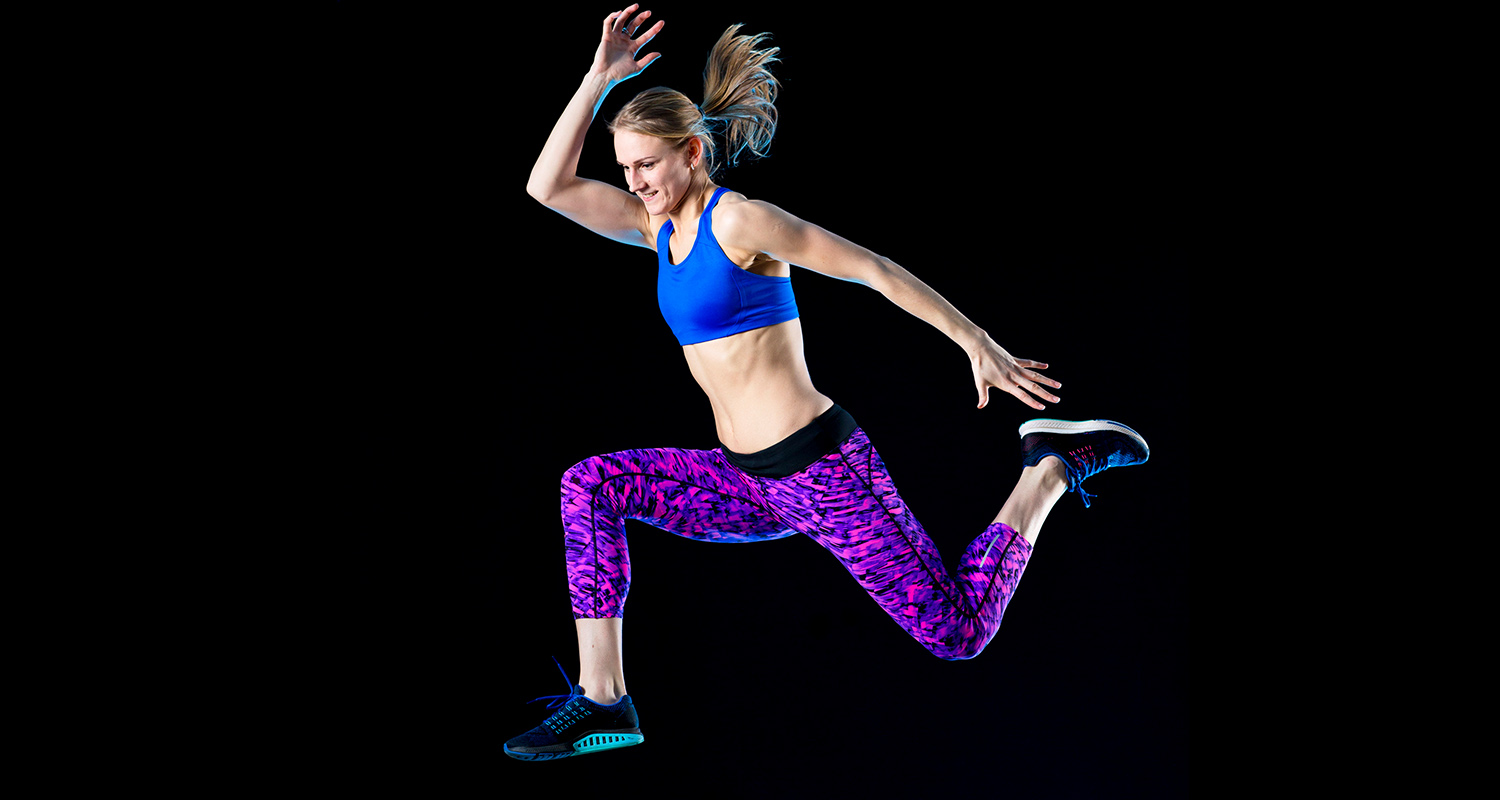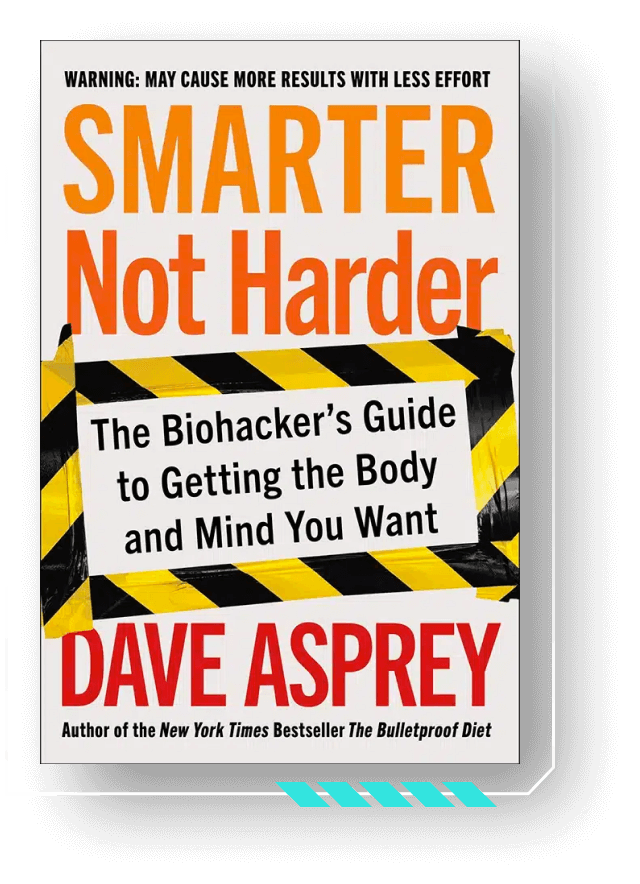
[tldr]
- Cold exposure (aka cryotherapy) is a great biohack to increase brain function and speed up recovery. It’s even better when you combine it with exercise.
- Cold exposure increases your blood oxygen levels and lowers your core body temperature. Studies find that adding cold to your workout increases your endurance, as well as your maximum exercise intensity and your recovery speed.
- People who added ice to their workouts saw the most benefit during medium-length exercise (20-40 minutes) that alternated between low intensity and high intensity. In other words, cold exposure is perfect for enhancing high-intensity interval training (HIIT), which is already one of the best kinds of exercise you can do.
- It’s easy to add full-body cold exposure to your workouts at home or at the gym. Read below to learn how.
[/tldr]
Cold exposure is amazing for your performance. There are lots of ways to do it — braving a cryotherapy chamber, taking an ice bath, dunking your face in freezing water — and they all come with powerful benefits. Adding a little cold to your life is a foolproof way to enhance your brain function, increase your recovery, burn more fat, make your mitochondria more resilient, and build your willpower.
Cold exposure on its own is powerful, and it gets even better when you combine it with exercise. Cold workouts make your muscles more efficient and increase their access to fuel, helping you get more out of your sweat session. Let’s take a look at the science of adding cold to your workouts, how it can upgrade your muscles and help you recover faster than you thought possible, and how to do cold-enhanced exercise at home or at your gym (when temperatures are less than arctic outdoors).
Benefits of cold workouts: Why you want to exercise in the cold

“If you exercise with intensity, you can actually shunt as much as 40% of your blood to your skin just for cooling…which means you have less blood flow at the muscle level, and this is precisely why you have sore muscles for a day or two, because there is not enough blood to remove the lactic acid.”
Wasowski goes on to explain that when your core body temperature rises, your blood releases oxygen. Oxygen is the main thing fueling your muscles during intense, extended workouts. By cooling your body down during exercise, more oxygen stays in your blood, and more blood stays in your muscles. As a result, you can go much harder and much longer before you tire out.
That increase in intensity also translates to a greater hormonal response. Pushing your body drives it to release more testosterone and human growth hormone (HGH), which gives you a greater return on your exercise in terms of fat-burning and muscle growth, as well as faster recovery.
Wasowski created Vasper, a cold-assisted high-intensity interval training machine that he used to reverse his arthritis and prediabetes. Vasper basically involves strapping supercooled packs to your body and doing sprints on a recumbent stationary bike. It gives you the equivalent of a two-hour workout in 21 minutes. Vasper has become a staple for cutting-edge physical therapists, and it’s also one of the most popular machines at Bulletproof Labs. NASA is even testing it for space flights to Mars, because it’s so efficient and can help with the joint expansion that comes from going into space.
To summarize, adding cold to your workouts can:
- Increase endurance and maximum workout intensity[ref url=”https://www.ncbi.nlm.nih.gov/pubmed/14698992″][ref url=”https://bjsm.bmj.com/content/36/2/89″]
- Increase muscle gain[ref url=”https://www.ncbi.nlm.nih.gov/pmc/articles/PMC5356217/”]
- Speed up recovery[ref url=”https://www.ncbi.nlm.nih.gov/pmc/articles/PMC5356217/”]
- Enhance your testosterone and HGH response to exercise
Cold exposure can make your workouts do a lot more for you. And if you don’t have easy access to Vasper, here’s some good news: With a little effort, you can jerry-rig the experience at home or at your gym. Or, you know, just go outside in the snow, assuming it’s winter and you don’t live in the tropics.
How to work out with cold exposure

The best workouts you can do with cold exposure are high-intensity and relatively short. Studies found that cold does not enhance anaerobic exercise (short bursts of intensity, like heavy lifting), probably because your muscles are running on ATP stores instead of using oxygen.[ref url=”https://www.ncbi.nlm.nih.gov/pmc/articles/PMC5356217/”] Long workouts (more than an hour) are also off the table, because your cooling packs will warm up.
The study’s authors concluded that the best workouts for cold exposure are between 20-40 minutes and combine endurance exercise with bursts of intensity. In other words, you want to do high-intensity interval training (HIIT) with cold packs.
HIIT is when you alternate between all-out intensity and brief active rest periods. The cold will increase your maximum output during the intense parts and refuel your muscles faster during the brief rest. You’ll end up being able to go longer and harder without tiring, and you’ll get a lot more out of your workout.
Plus, HIIT is already one of the most efficient ways to exercise. It’s amazing for you, and because it’s so intense you’ll see and feel changes in your body even if you only do it once a week. Here’s a complete guide to HIIT, with benefits and a sample workout. And if you want to do cold exposure on its own, without exercise, check out this guide to cryotherapy. Try adding an ice bath or a cryo session to your week and see how you feel. Thanks for reading.










